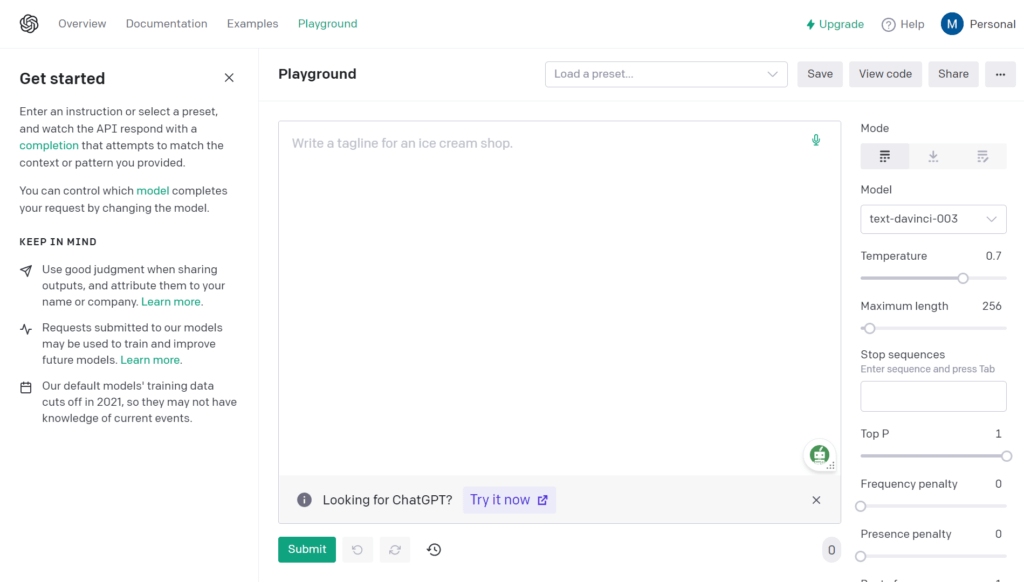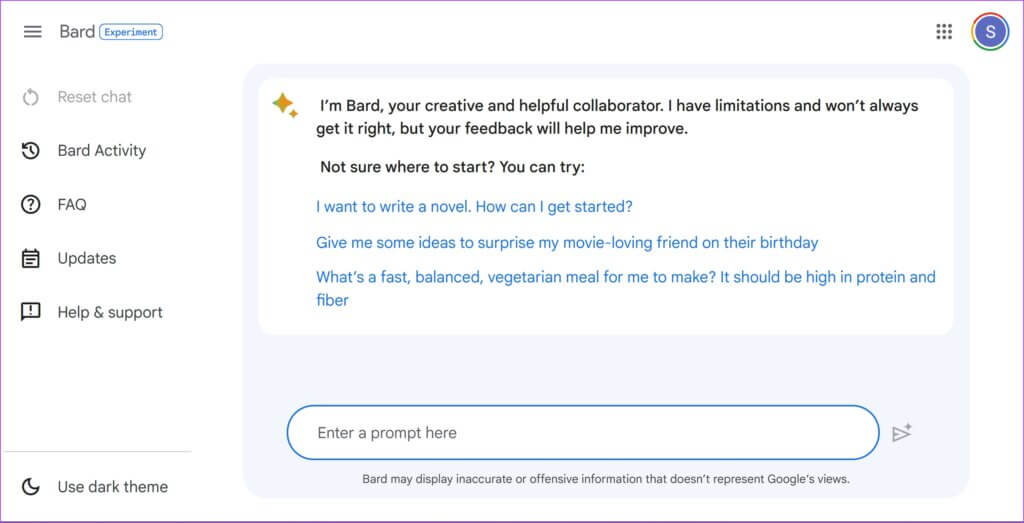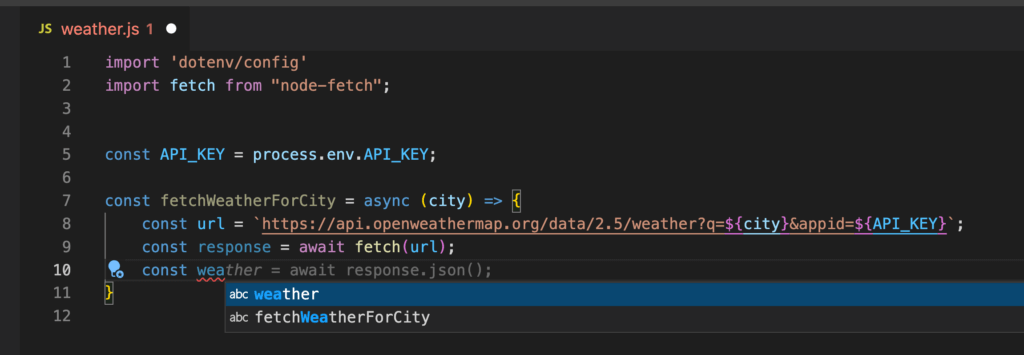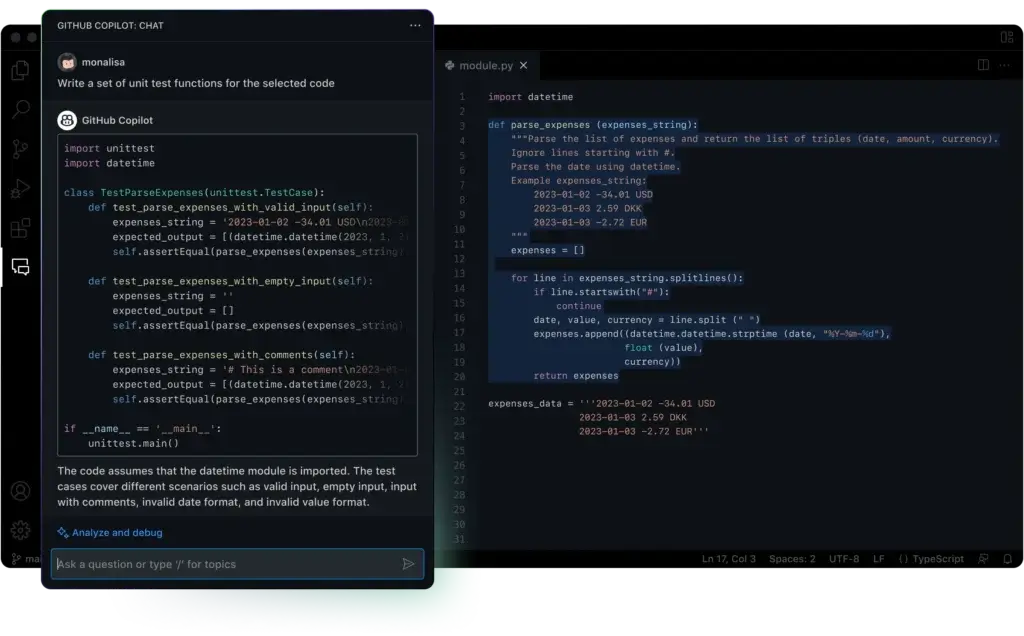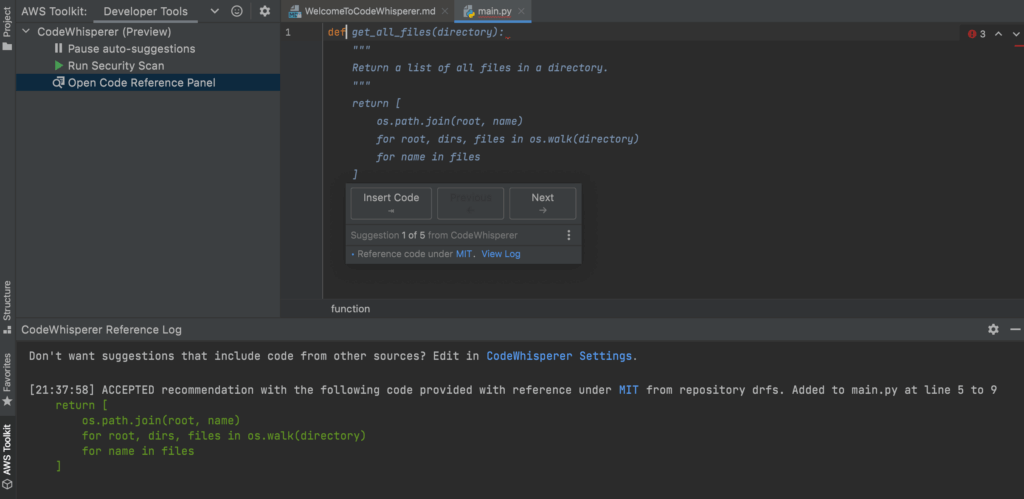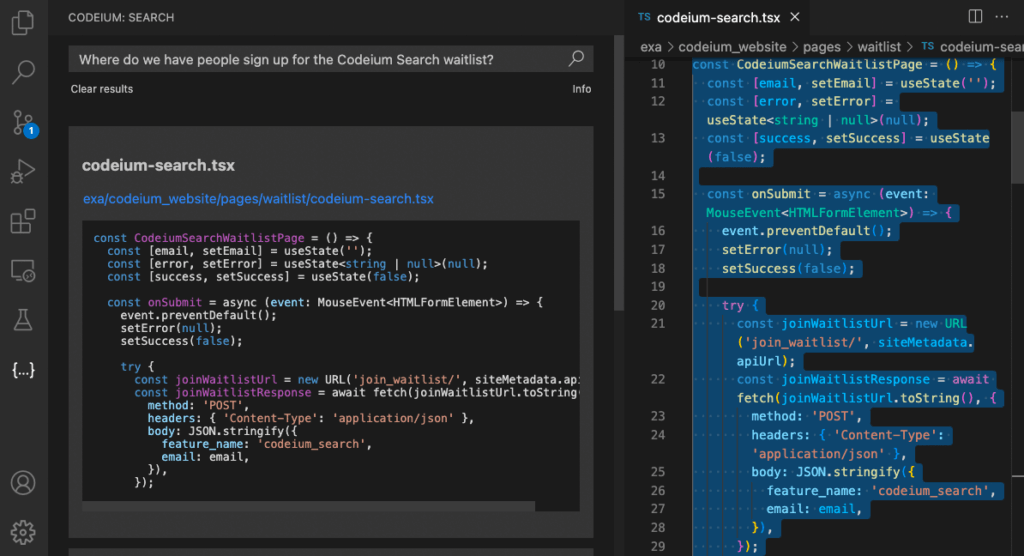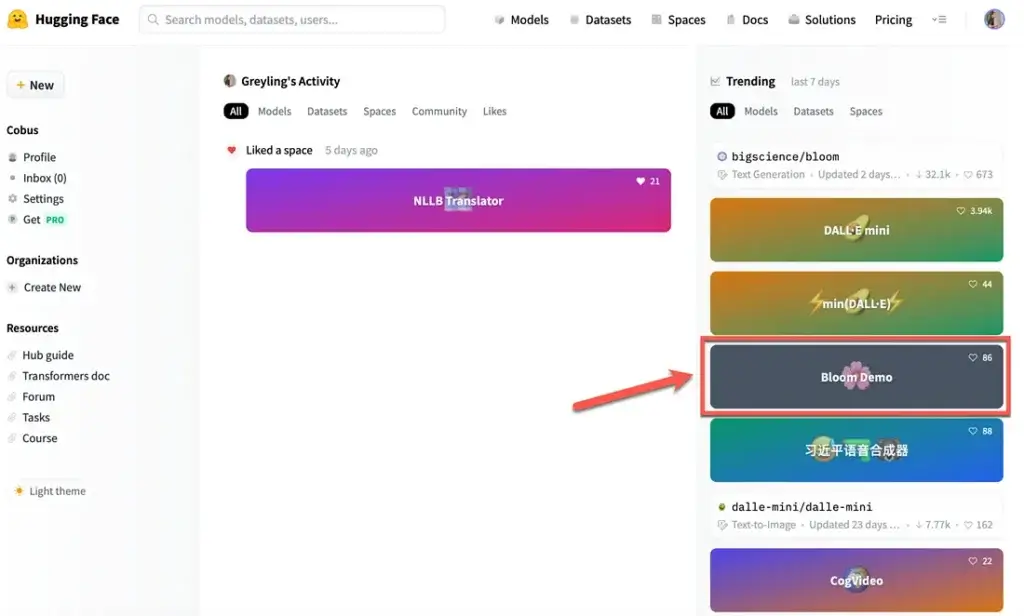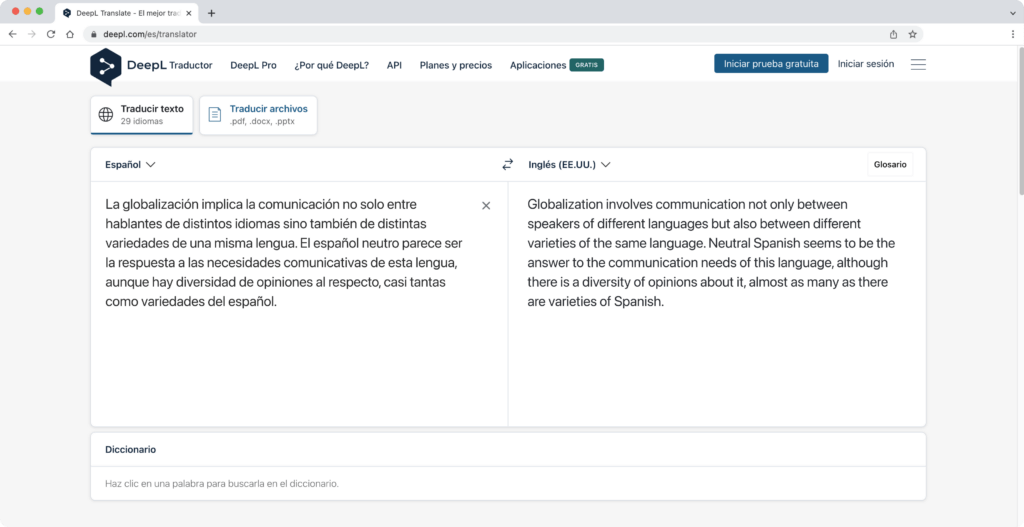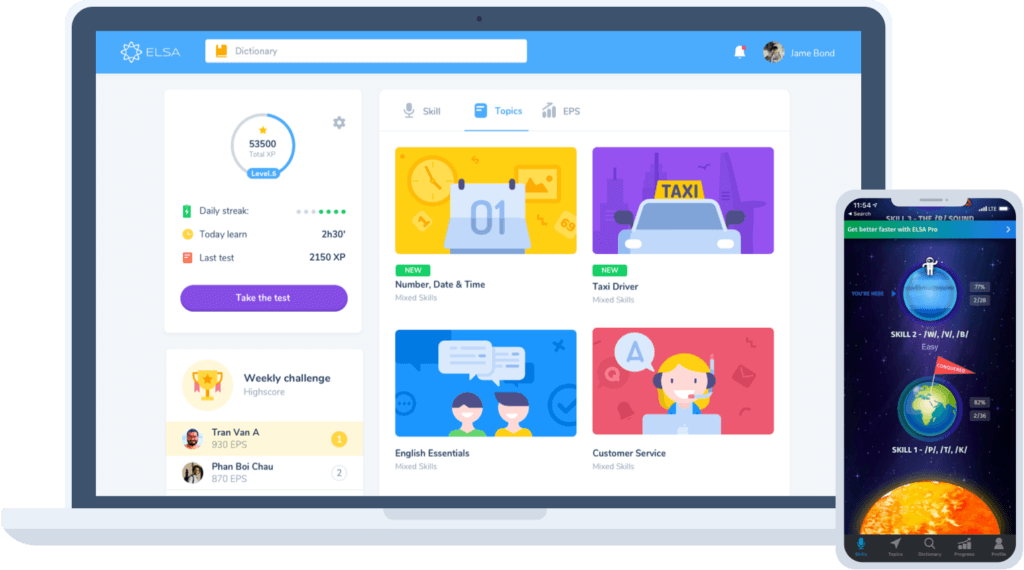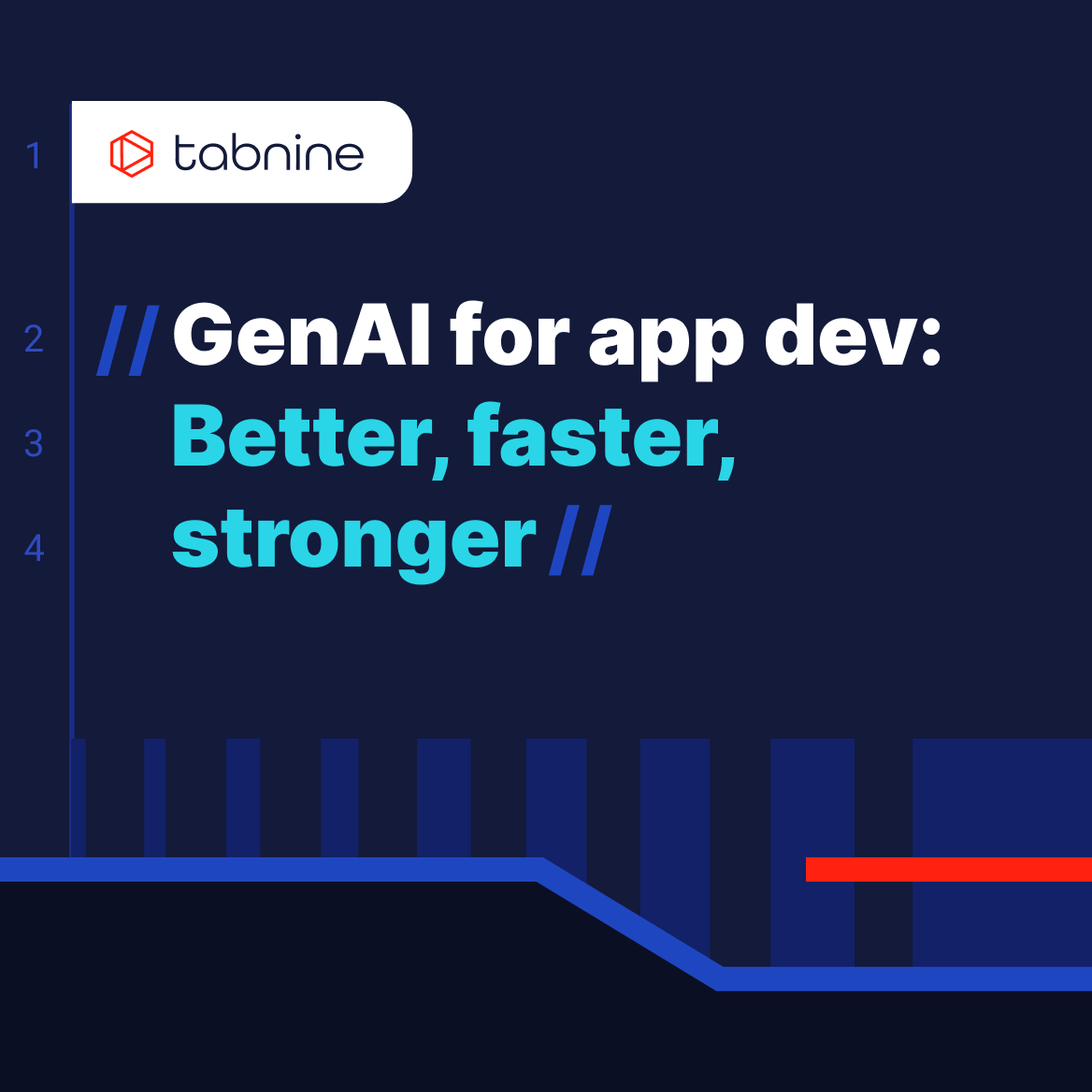Table of contents
The best ChatGPT alternatives for writing, coding, and more
//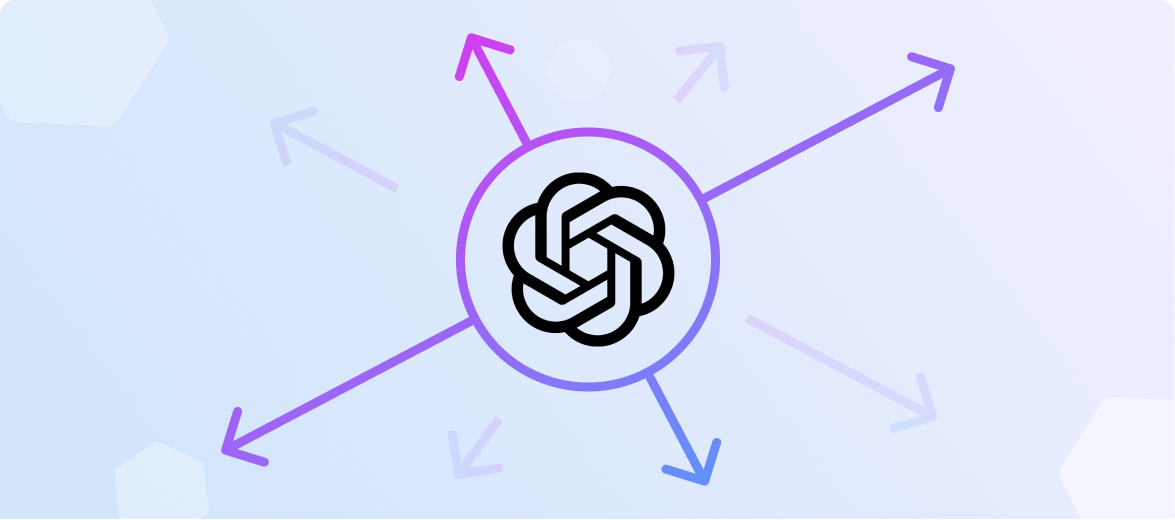
What is ChatGPT?
ChatGPT, an AI-powered chatbot, was created by OpenAI and introduced in November 2022. It leverages the GPT-3.5 and GPT-4 series of large language models (LLMs) developed by OpenAI, and has undergone fine-tuning through transfer learning methods, utilizing both supervised and reinforcement learning techniques.
Debuting as a prototype on November 30, 2022, ChatGPT gained recognition for its comprehensive and eloquent responses spanning a wide range of knowledge areas. Nonetheless, its occasional tendency to assertively deliver inaccurate information (a phenomenon known as “hallucination”) has been acknowledged as a notable shortcoming.
We’ll cover some additional limitations of ChatGPT for organizations, and explore alternatives that might provide a better fit for both writing and coding use cases.
ChatGPT limitations for organizations
While ChatGPT has become hugely popular and is highly valuable for many tasks, its use carries some risk for organizations. Here are some of the shortcomings of ChatGPT for enterprise use. These shortcomings are causing some organizations to seek ChatGPT alternatives.
Inaccurate information
One of the key challenges of using AI models like ChatGPT in organizations is the risk of inaccurate information. ChatGPT generates responses based on patterns that it learns, not from a source of verified truth. As a result, it’s possible for it to make mistakes or provide outdated or misleading information.
While ChatGPT usually generates plausible-sounding responses, these responses might not always be factually correct. This can lead to miscommunications or decisions based on incorrect information, which could potentially have significant impacts in business contexts, or might hurt a business’s reputation.
Data privacy
AI models like ChatGPT are trained on large datasets, and although these datasets are carefully curated and anonymized, there are potential data privacy concerns. OpenAI was careful not to use personal data in ChatGPT’s training set, but there could be personal data in the prompts, or requests, made by organizational users. There are legitimate concerns around data privacy and potential misuse, which are amplified in organizations that handle sensitive information.
Leakage of intellectual property
A related concern is the potential leakage of intellectual property. If ChatGPT is used in a setting where it has access to sensitive company information, and if that information is not handled properly, it could lead to leaks of intellectual property. ChatGPT has a conversation history feature, which could potentially result in leaks. For example, on March 2023, OpenAI confirmed a data breach that allowed users to see conversation histories by other users.
Unsafe code suggestions
In settings where ChatGPT is used to generate code, there is a risk of it providing unsafe or insecure code suggestions. Since it generates responses based on patterns rather than understanding secure coding principles, it might suggest code that is insecure or that introduces vulnerabilities. This could potentially lead to security risks if the suggested code is used without proper review and validation.
Legal and compliance issues
AI technologies like ChatGPT also introduce potential legal and compliance issues. These can range from concerns about data privacy and protection regulations (like GDPR or CCPA), to issues around liability for decisions made based on the AI’s output, to intellectual property concerns.
Related content: Read our article Will ChatGPT Replace Programmers.
ChatGPT alternatives for writing
GPT-3 Playground
Product info: https://gpt3demo.com/apps/openai-gpt-3-playground
Link to get started: https://beta.openai.com/playground
GPT-3 Playground is a tool provided by OpenAI for developers to experiment with and test the capabilities of the GPT-3 model. It offers a user-friendly interface to interact with the GPT-3 model and see its responses in real time.
In the playground, you can set parameters for the GPT-3 API calls such as the model (e.g., text-davinci-003), temperature (which controls the randomness of the output), and max tokens (which limits the length of the output). You can also provide a “prompt” — the input text that GPT-3 will respond to.
By interacting with the GPT-3 model in the playground, developers can better understand its capabilities and limitations. It’s a useful tool for testing out new ideas, debugging issues, or just exploring what GPT-3 can do. OpenAI recently added the ability to interact with ChatGPT and GPT 4 as part of the Playground interface.
Bing AI Chat
Product info: https://www.bing.com/new
Link to get started: https://www.bing.com/
Bing Chat offers an AI chatbot experience powered by Microsoft, utilizing ChatGPT with GPT 4, but optimized by Microsoft using its Prometheus framework. It is available free of charge as part of the Bing search engine.
Key features include:
- Customizable personality: Bing AI Chat offers three different conversation styles: ‘More Creative,’ ‘More Precise,’ and ‘More Balanced.’ These styles impact the nature of the responses generated, allowing users to tailor the chatbot’s responses to their needs and preferences.
- Image generation with DALL-E: Bing can generate images using OpenAI’s DALL-E AI image generator within the text conversation. This feature, especially when used with the ‘More Creative’ conversation style, adds a visually engaging aspect to the interaction.
- Response sharing: Bing AI Chat enables users to share the chatbot’s responses easily across multiple platforms, such as Facebook, Twitter, email, and Pinterest.
- Conversation history: Bing AI Chat now has similar conservation history as ChatGPT, and the ability to reset a conversation and start a new topic.
ChatSonic
Product info: https://writesonic.com/chat
Link to get started: https://app.writesonic.com/signup?feature=chatsonic
ChatSonic is a next-generation AI chatbot that addresses the shortcomings of OpenAI’s ChatGPT. It uses the GPT-4 model and incorporates additional Natural Language Processing (NLP) technologies.
ChatSonic has the following key differences compared to ChatGPT:
- It integrates with Google search, making it possible to generate accurate content based on real-time data (while ChatGPT’s training data ends in 2021).
- Utilizing NLP, it can receive voice commands and respond, akin to Siri or Google Assistant.
- ChatSonic can also detect your tone of voice, adjusting its responses to ensure a pleasant and organic conversation.
Jasper AI
Product info: https://www.jasper.ai/chat
Link to get started: https://www.jasper.ai/chat
Jasper is a tailored AI platform designed for enterprises, empowering creators to leverage generative AI to overcome writer’s block, produce unique visuals, and repurpose content in various formats, tones, and languages.
Jasper Chat works similarly to ChatGPT. Jasper collaborates with OpenAI, enabling them to utilize the GPT-3.5 language model within their platform, and since March 2023, GPT 4 as well. Compared to ChatGPT, Jasper Chat primarily focuses on business use cases such as marketing and sales.
Google Bard
Product info: https://bard.google.com/faq
Link to get started: https://bard.google.com/
Bard is an experimental, conversational AI chat service developed by Google. It aims to operate similarly to ChatGPT, with the primary difference being its reliance on up-to-date, web-based information.
Google’s Bard is now powered by the company’s most advanced large language model (LLM), PaLM 2, which was introduced in May 2023. PaLM 2, an improved version of the original PaLM released in April 2022, enables Bard to be more efficient, perform at higher levels, and resolve prior issues, in particular improving response accuracy.
An upcoming feature will make Bard more visually engaging in both its responses and user prompts. Users will also be able to include images alongside text in their prompts.
ChatGPT coding alternatives
Tabnine
Product info: https://www.tabnine.com/
Link to get started: https://www.tabnine.com/getting-started
Tabnine is an AI coding assistant tool designed to be a companion, mentor, and helper within your IDE. Tabnine helps development teams of every size use AI to accelerate and simplify the software development process without sacrificing privacy, security, or compliance. Tabnine boosts engineering velocity, code quality, and developer happiness by automating the coding workflow through AI tools customized to your team. Tabnine supports more than one million developers across companies in every industry.
Key features include:
- Personalized AI code assistant:Tabnine offers accurate, relevant results with context awareness inside the IDE. Tabnine uses all available data from the developer’s IDE — including variable types, comments, open files, imported packages, and libraries — to provide highly relevant code and recommendations out of the box.
- Supports multiple languages and IDEs: Supported languages include Python, Java, and Javascript. It’s also easy to integrate with popular development environments, with a user interface that’s simple and intuitive, requiring minimal setup.
- Learns from your code: Tabnine’s unit test generation learns from your code as you write it. This means that the more you use the tool, the better it gets at generating unit tests that match your coding style, patterns, and the testing framework used.
- Carefully vetted dataset: Tabnine utilizes a large language model (LLM) trained on reputable open source code with permissive licenses, StackOverflow Q&A, and even your entire codebase (Enterprise feature). This means it generates more relevant, higher quality, more secure code than other tools on the market.
- Tabnine chat: Tabnine includes Tabnine Chat, an AI assistant trained on your entire codebase, safe open source code, and every StackOverflow Q&A, while ensuring all of your intellectual property remains protected and private.
- Advanced conversational capabilities: Tabnine Chat can answer questions regarding your code, generate new code from scratch, explain a piece of code, search your code repos for specific functions or pieces of code, refactor code, generate documentation, find and fix code issues, and more.
- Enterprise-grade: Tabnine offers Enterprise-grade security, privacy, and hosting.
Tabnine is the AI coding assistant that you control
Tabnine is the AI coding assistant that helps development teams of every size use AI to accelerate and simplify the software development process without sacrificing privacy, security, or compliance. Tabnine boosts engineering velocity, code quality, and developer happiness by automating the coding workflow through AI tools customized to your team. Tabnine supports more than one million developers across companies in every industry.
Unlike generic coding assistants, Tabnine is the AI that you control:
It’s private. You choose where and how to deploy Tabnine (SaaS, VPC, or on-premises) to maximize control over your intellectual property. Rest easy knowing that Tabnine never stores or shares your company’s code.
It’s personalized. Tabnine delivers an optimized experience for each development team. It’s context-aware and delivers precise and personalized recommendations for code generation, code explanations, guidance, and for test and documentation generation.
It’s protected. Tabnine is built with enterprise-grade security and compliance at its core. It’s trained exclusively on open source code with permissive licenses, ensuring that customers are never exposed to legal liability.
Tabnine provides accurate and personalized code completions for code snippets, whole lines, and full functions. Tabnine Chat in the IDE allows developers to communicate with a chat agent in natural language and get assistance with various coding tasks, such as:
- Generating new code
- Generating unit tests
- Getting the most relevant answer to your code
- Mentioning and referencing code from your workspace
- Explaining code
- Extending code with new functionality
- Refactoring code
- Documenting code
- Onboarding faster with the Onboarding Agent
Learn more about using Tabnine AI to analyze, create, and improve your code across every stage of development:
Try Tabnine for free today or contact us to learn how we can help accelerate your software development.
CoPilot
Product info: https://github.com/features/copilot
Link to get started: https://docs.github.com/en/copilot/getting-started-with-github-copilot
GitHub Copilot is an AI-driven pair programmer that presents autocomplete-style suggestions while you code. You can receive suggestions from GitHub Copilot by either starting to write the desired code or by composing a natural language comment that describes your intended code functionality. GitHub Copilot examines the context of the file you are working on, as well as related files, and proposes suggestions directly within your text editor. It is based on the OpenAI Codex engine.
GitHub Copilot is trained on all programming languages found in public repositories. The quality of the suggestions you receive for each language may depend on the amount and variety of training data available for that language. For instance, JavaScript is well-represented in public repositories, making it one of GitHub Copilot’s most proficiently supported languages. Languages with less representation in public repositories may yield fewer or less precise suggestions.
CodeWhisperer
Product info: https://aws.amazon.com/codewhisperer/
Link to get started: https://aws.amazon.com/codewhisperer/resources/#Getting_started/
CodeWhisperer is an AI coding assistant that generates real-time code suggestions in your IDE, ranging from single-line to full-function completions. With CodeWhisperer, you can write a natural language comment outlining a specific task, such as “Upload a file with server-side encryption.” Based on this input, CodeWhisperer recommends one or more code snippets directly within the IDE to accomplish the task.
You can accept the top suggestion (using the Tab key), view additional suggestions (using arrow keys), or continue writing your code. Always review a code suggestion before accepting it, as you may need to modify it to ensure it meets your intended purpose.
CodeWhisperer analyzes English language comments and surrounding code as you write to determine the necessary code to complete the task. The code suggestions provided by CodeWhisperer rely on Large Language Models (LLMs) trained on billions of lines of code, including both Amazon and open-source code.
Ghostwriter
Product info: https://replit.com/site/ghostwriter
Link to get started: https://replit.com/cycles/buy-ghostwriter
Ghostwriter is Replit’s suite of AI-enhanced features: Complete Code, Generate Code, Transform Code, Explain Code, and Chat.
Ghostwriter yields results produced by Large Language Models trained on publicly available code and fine-tuned by Replit. To offer suggestions and explain your code, Ghostwriter takes into account what you type and other contextual information from your Repl, such as the programming language you’re using.
Codeium
Product info: https://codeium.com/
Link to get started: https://codeium.com/playground
Codeium is another AI-powered code generator. It currently offers two primary features: Autocomplete, which suggests the code you intend to type, saving time on tasks ranging from boilerplate to unit tests; and Search, which assists you in navigating your repository using natural language queries. It integrates seamlessly into popular text editors.
ChatGPT Translation Alternatives
Bloom
Product info: https://bigscience.huggingface.co/blog/bloom
Link to get started: https://huggingface.co/bigscience/bloom
BLOOM (BigScience Language Open-science Open-Access Multilingual) is a transformer-based model, similar to prominent AI projects like OpenAI’s GPT-3, DeepMind’s Gopher, and Google’s Pathways Language Model (PaLM). However, BLOOM distinguishes itself by being fully open-source, allowing AI developers to freely access and utilize it for their projects.
Bloom’s primary strength lies in its accessibility, as it is an open-source AI model available in the top 20 most widely spoken languages worldwide. Since most AI models originate from the US or China, access for speakers of languages outside the top three has been limited, and Bloom addressed this gap.
DeepL Write
Product info: https://www.deepl.com/en/blog/introducing-deepl-write
Link to get started: https://www.deepl.com/translator
DeepL Write is an AI-powered writing tool designed to enhance written communication in both English and German. Going beyond simple grammar correction, Write empowers users to control their writing by suggesting improvements in phrasing, tone, style, and word choice, ensuring their authentic voice remains intact.
Write is particularly valuable for professionals such as journalists, writers, and academics who need suggestions for sentences, words, and rephrasing. Multilingual teams within global companies can also benefit from Write to craft clear and concise emails, campaign proposals, reports, and presentations for international clients.
Elsa Speak
Product info: https://elsaspeak.com/
Link to get started: https://elsaspeak.com/en/product
ELSA Speak is an AI-driven English language speech assistant and language-learning app designed to help non-native speakers enhance their English pronunciation. Leveraging advanced speech recognition technology, ELSA Speak analyzes users’ pronunciation and offers immediate feedback on improvement.
Catering to language learners of all levels, from beginners to advanced speakers, ELSA Speak is particularly beneficial for individuals seeking to refine their English pronunciation for academic or professional purposes or to achieve a flawless American accent.
Conclusion
In conclusion, while OpenAI’s ChatGPT has significantly impacted various sectors, particularly due to its ability to comprehend, respond, and generate human-like text, it does come with notable limitations. Issues such as inaccurate information delivery, data privacy concerns, potential leakage of intellectual property, unsafe code suggestions, and legal compliance matters pose significant challenges for organizational use. Consequently, a number of alternatives to ChatGPT have emerged, catering to diverse needs in writing, coding, and translation.
- Alternatives for writing include GPT-3 Playground, Bing AI Chat, ChatSonic, Jasper AI, and Google Bard, each offer unique features and strengths, ranging from customizable personality to advanced language understanding and content creation.
- Alternatives for coding include Tabnine, CoPilot, CodeWhisperer, Ghostwriter, and Codeium, which provide AI-driven assistance with real-time code suggestions, each with distinct approaches and strengths that can be instrumental for developers.
- For translation include Bloom, DeepL Write, and Elsa Speak, which offer a range of capabilities from accessibility in a variety of languages, to advanced writing improvement suggestions, and pronunciation refinement for English learners.
- As AI continues to evolve, these tools and potentially many more will continue to transform how we interact with technology, enhancing our productivity and creativity across numerous domains.


